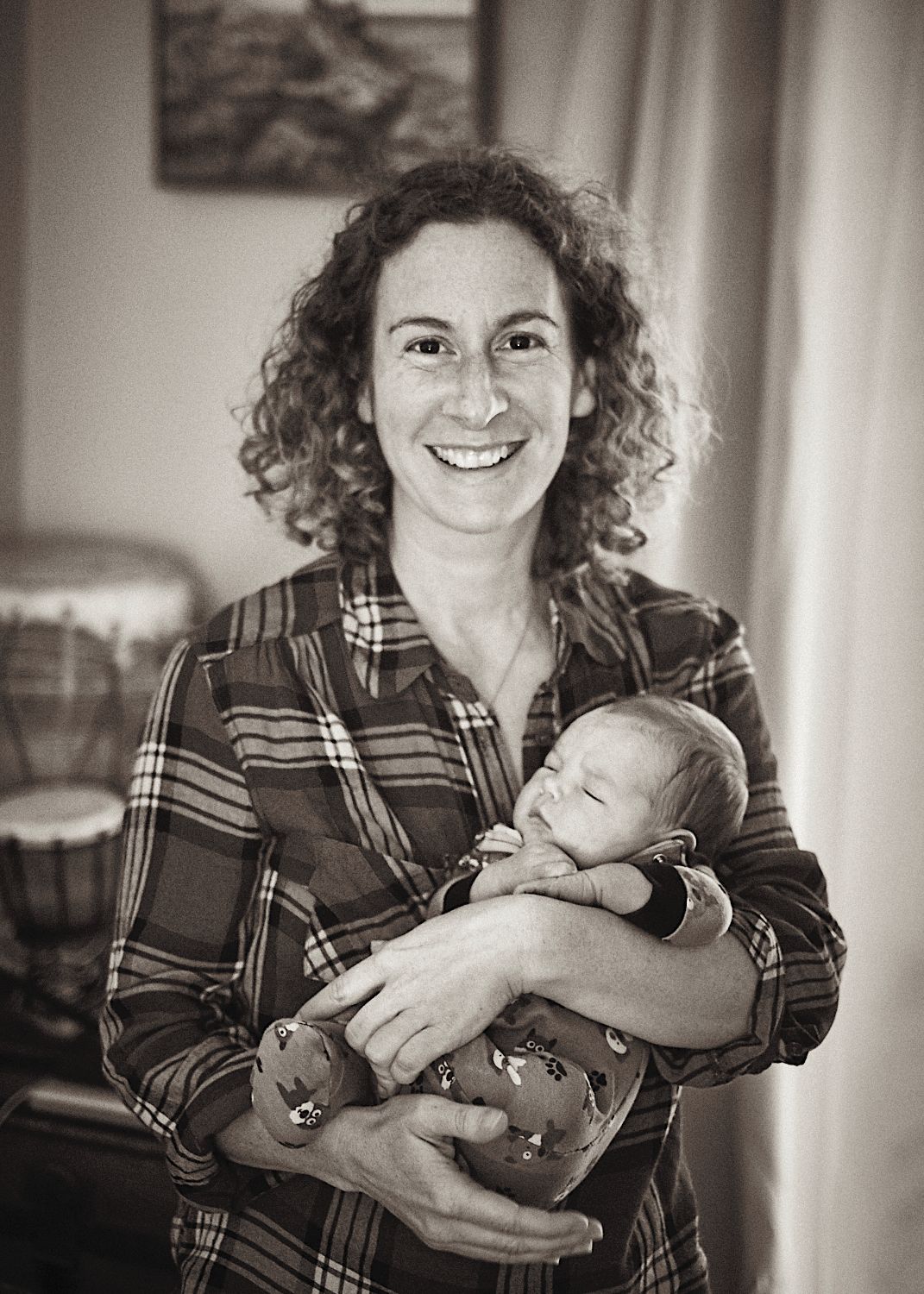Someone once asked me if my job as a midwife wasn’t “the same thing over and over” (okay, it was my father). Of all the things that make my job challenging– the hours, the stakes, the hours (trust me, it deserves to be mentioned twice)–monotony is not one of them.
I never see the same birth twice.
No two births are identical because no two clients are identical. Birth is both physiological and intensely personal, and labors that follow similar clinical paths will diverge, inevitably, in those essential individual details.
As a Registered Midwife practicing in British Columbia, Canada, I care for a diverse clientele that reflects the full population of my city. My clients are doctors and nurses, lawyers and teachers, home-makers and provincial employees, refugees, teenagers, people on the margins. Midwifery has been regulated in British Columbia for over twenty years; midwifery care is fully-integrated into our health care system (read: free to all British Columbia residents) and in the city where I work over 30% of babies are ‘caught’ by midwives each year.
Yet there is one thing my clients have mostly in common.
They fear birth. They worry about losing control.
It’s true that you cannot control your birth. You may find that your body and your baby don’t cooperate as you wish they would have.
But here’s something I ask every woman to remember: Loss of control does not mean loss of consent.
Nothing should happen to you or your baby without your informed consent.
This applies to: everything. To each internal exam, to any IV or injection, and to any suggestion of an assisted (with forceps or a vacuum) or operative (cesarean section) birth. Hospitals have consent forms for surgeries, but real consent means more than signing a form—it means understanding why a care provider thinks that intervention is the best course, and agreeing with that recommendation.
The first birth I ever attended ended in a cesarean section. I was a first-year midwifery student and wonderfully optimistic. The midwife and I assessed Jacqueline, pregnant with her first baby, after a long early labor: her baby was still high, her cervix still thick, and when her water had broken, just prior to our arrival, it was brown flecked rather than clear—her baby had been a bit too precocious and pooped while still in utero, which can be a sign of stress.
We spent many hours by Jacqueline’s side. I don’t remember when the midwife first mentioned the possibility of a cesarean section, but I do remember thinking: Why is she bringing that up now? It seemed to me that we should be encouraging Jaqueline, and that mentioning a C-section was resigning her to that outcome. What was the role of hope? I wondered. Why was the midwife so pessimistic?
Many hours afterward—after the surgery, and my first postbirth nap—I did some research. I was curious about what makes a “good” birth experience. What I found surprised me.
Those who report the most positive birth experiences aren’t necessarily the ones who have textbook “normal” births.
Instead, the women who report the most positive birth experiences are those who feel they understood all decisions made and had a say in the decision-making process. That holds even for complicated births among women who had been hoping for “natural” deliveries—births that require multiple interventions, births that end in surgery.
In many births—in much of medicine—there’s a balance to be achieved between encouraging and informing. Finding that balance is art rather than science, and every care provider struggles, sometimes, to get it right.
Jaqueline did well postpartum. She was disappointed that her birth hadn’t gone as she hoped, but reflecting on it she said, “I understand.”
I thought of Jaqueline a few years ago when Brenda, a second-time mom, came to me hoping for a vaginal birth after a previous cesarean (VBAC). She’d found her first cesarean section difficult and cried as she told me about it. Due to pregnancy complications, her labor had been induced at thirty-seven-weeks gestation. But her baby hadn’t tolerated the induction, and Brenda had quickly been transferred to the OR.
For Brenda, the hardest part had been the surprise of it. Suddenly she was being wheeled across the hall, and she hadn’t prepared for that possibility.
Many months later, when Brenda was close to delivery and recounting her story again, I asked whether anyone had warned her that as a first-time mom being induced at thirty-seven weeks she had an increased risk of cesarean section.
“No,” she told me. “No one said anything.”
And yet: her care provider would have known. Perhaps the care provider had wanted to encourage Brenda; perhaps she hadn’t wanted to disappoint her. And perhaps she had mentioned the increased surgical risk, but Brenda just wasn’t able to hear her.
Would Brenda’s experience have been different if she had understood the facts?
I think it would have. Though she wouldn’t have had any more control over the outcome, she would have been able to provide truly informed consent.
Inevitably, anytime the issue of informed consent is raised people say: but emergencies happen, things change quickly, you can’t always have a long discussion of risks and benefits.
It is true that things can change quickly in birth. But those moments of fast-paced action are far less common than people might think. Most of the time there is ample time to ensure that a woman has provided informed consent.
As for the true emergencies—when urgent care is needed, a room can fill up quickly. The woman may never have met the nurses and specialists who must quickly assume care of her and her baby. But if she has been treated with respect by her primary care provider, if she has trusted that person’s actions, then hopefully she will trust the decision made by that caregiver—midwife or doctor or nurse—to call in the full team, to act swiftly together.
You cannot control your birth. (Or your child, for that matter.) But you can ensure that your voice stays at the center of your birth story.
It’s that voice that makes each labor unique.
Consent matters.
Make sure it matters to your care provider, too.

Adapted from A IS FOR ADVICE by Ilana Stanger-Ross, published by Morrow Gift. Copyright © 2019 by Ilana Stanger-Ross. Reprinted courtesy of HarperCollinsPublishers https://www.harpercollins.com/9780062838780/a-is-for-advice-the-reassuring-kind/
Follow us here and subscribe here for all the latest news on how you can keep Thriving.
Stay up to date or catch-up on all our podcasts with Arianna Huffington here.


